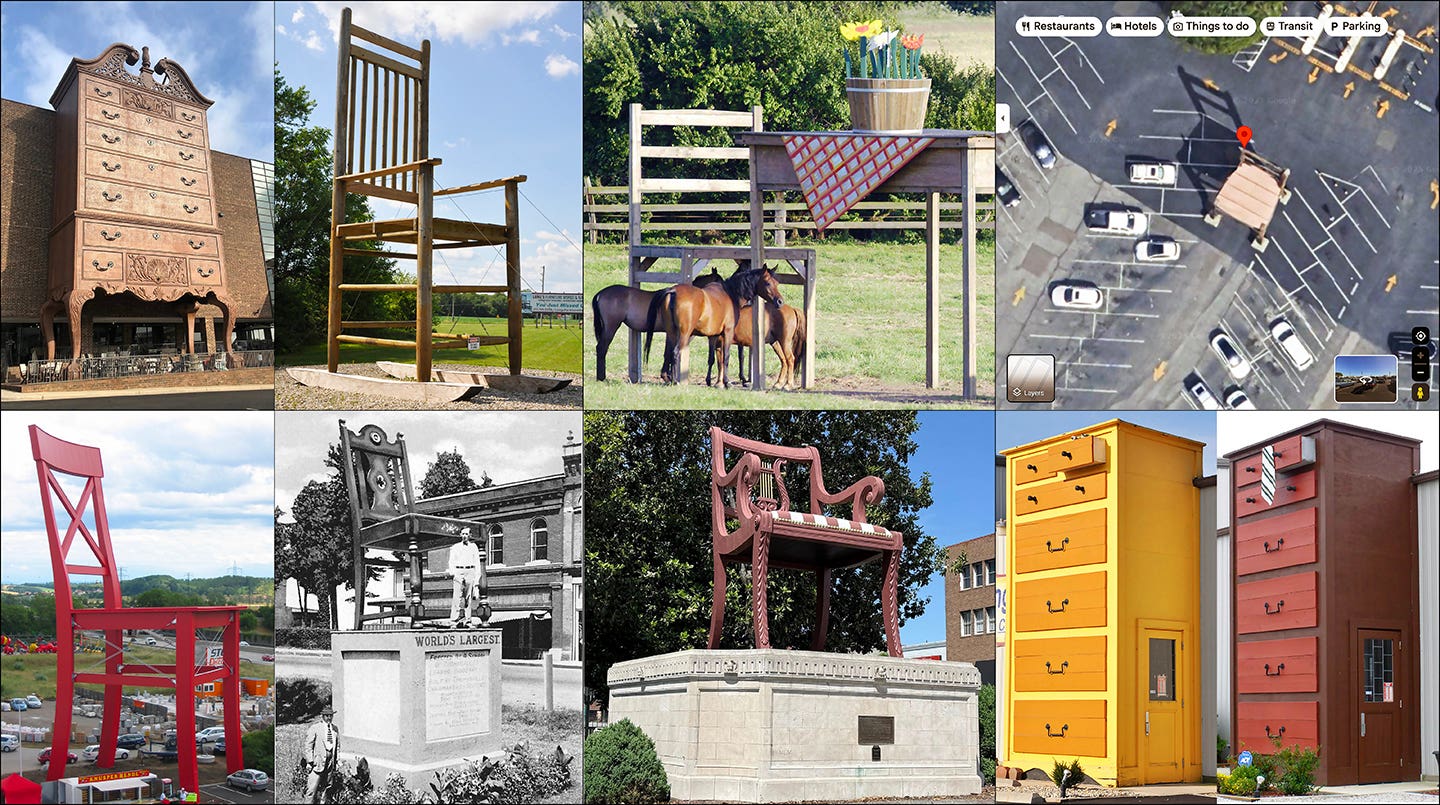How I work
I thought it might be fun to occasionally talk about specific methods or techniques I use in the shop. You may or may not find them useful, but hopefully they’ll…
I thought it might be fun to occasionally talk about specific methods or techniques I use in the shop. You may or may not find them useful, but hopefully they’ll be interesting.
No idea how often I’ll do these, but they’ll probably pop up whenever I do something in the shop that’s par for the course for how I work. In this case it’s how I use wiping varnish, which is something I’ve been doing the past few days in wrapping up a project.
I think I may have mentioned at some point that I like wiping varnish, but rarely do I ever actually wipe it on as intended. Instead, I nearly always brush it on just as you would a regular varnish. Here’s why:
• Because it has a higher solvent-to-solids content than regular varnish, it dries very quickly. That means I can coat, sand and recoat in a shorter period of time.
• For the same reason, the thinner properties of wiping varnish means that it flows out very well and very quickly. There are virtually no brush marks at all with wiping varnish.
• As an added benefit of a fast drying time, the project has less of an opportunity to gather dust nibs than with slower-drying regular varnish.
• Yes, it’s thinner so you’ll need more coats to get an adequate build. But in my experience the quick-drying properties mean you can get more coats onto a project over a shorter period of time compared with regular varnish.
• And this one might be my imagination, but I find that brush cleanup is easier with wiping varnish.
I still use regular varnish for many projects, but what I use is nearly always dictated by the project complexity and size, and how much time I have to devote to the finishing stage. In the case of smaller work – boxes, clocks, etc. – I’ll pretty much always reach for the wiping version.
So there you have it, one of the ways I work. As always when I share these in the future, keep in mind that your mileage may vary.
A.J.
A.J. Hamler is the former editor of Woodshop News and Woodcraft Magazine. He's currently a freelance woodworking writer/editor, which is another way of stating self-employed. When he's not writing or in the shop, he enjoys science fiction, gourmet cooking and Civil War reenacting, but not at the same time.







